_20180906152620.jpg)
Here's everything about Vietnamese culture to get you started on your South Asian extravaganza:
Performing Arts:
Music in Vietnamese Culture
The Vietnamese have always held music close to their hearts. It is highly diverse and heavily influenced by China, and to a lesser extent South Korea, Mongolia, Japan and the former Indochina Kingdom of Champa. There are close to 50 national music instruments in the country, with percussion instruments being the most popular, followed by wind instruments and string intruments. Traditional music in Vietnam can be divided into two genres: Imperial Court Music and Folk Music.Imperial Court Music, as the name suggests, was performed in the palaces of Tran and Nguyen dynasties. The songs were mainly about wishing the king and his kingdom longevity and prosperity. There were also songs composed in honour of gods and scholars such as Confucius, that were sung in temples and sometimes the King's chambers. These have been divided into three categories: Nhã Nhac ("elegant music", ritual and ceremonial music), Dai Nhac ("great music"), and Tieu Nhac ("small music")
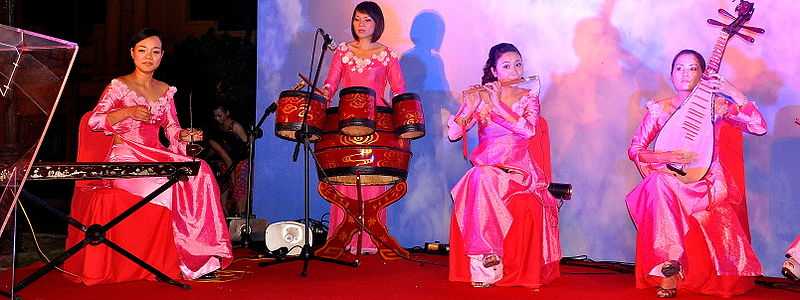
Folk music has a richer history and is woven into the everyday lives of the Vietnamese. Some of the more popular forms are the Chèo, Quan Ho, Hát Chau Van, Ca Trù, Hò, and Hát Xam. Quan Ho and Ho are courtship songs sung acapella in northern and southern provinces of Vietnam respectively. Hat Xam was performed by blind artists who travelled from place to place singing, somewhat like the bards of the west. This form of music has diminished and is rarely heard nowadays. The more popular traditions of folk music are Hat Chau Van and Ca Tru, both of which have emerged from under the repression of the colonial government. The former is sung to invoke spirits during religious ceremonies and is trance-oriented, while conversely, the latter is sung by women for the powerful and elite men, a geisha-style of entertainment in a way.
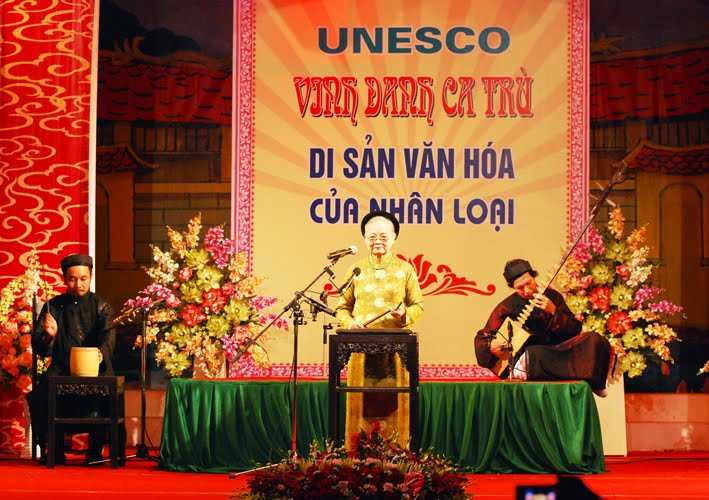
Nhac dân toc cai biên is a relatively recent addition to the music scene, and has garnered mass appeal in Vietnam. It incorporates western elements such as harmony to traditional music, a fusion of the east and the west.
Vietnamese Cultural Dances
Dong Son Drums, relics from the Red River Delta which date all the way back to 600 BCE, are carved with dancing figures; That is how integral dancing has been to Vietnamese culture. The dominant kinh ethnicity in Vietnam have developed a variety of dance forms over the centuries, apart from the traditional dances each of the 54 minority groups in Vietnam has. All of these have given rise to a vibrant performance culture in Vietnam, characterized by extravagant costumes, heavy make-up and Nhã Nhac ('elegant' music of the Imperial Court) tunes. Traditional Vietnamese dance can be classified as:1. Dragon/Lion Dance
The yellow and red dragon is a well-known Chinese motif that signifies power and good fortune. It has been tweaked and adapted into Vietnamese culture, and is a common sight on Vietnamese festivals such as Tet (The Vietnamese New Year) and the Mid-Autumn festival as well as events like business openings. It is usually accompanied by acrobatics and martial arts and creates an atmosphere of festive merry-making.
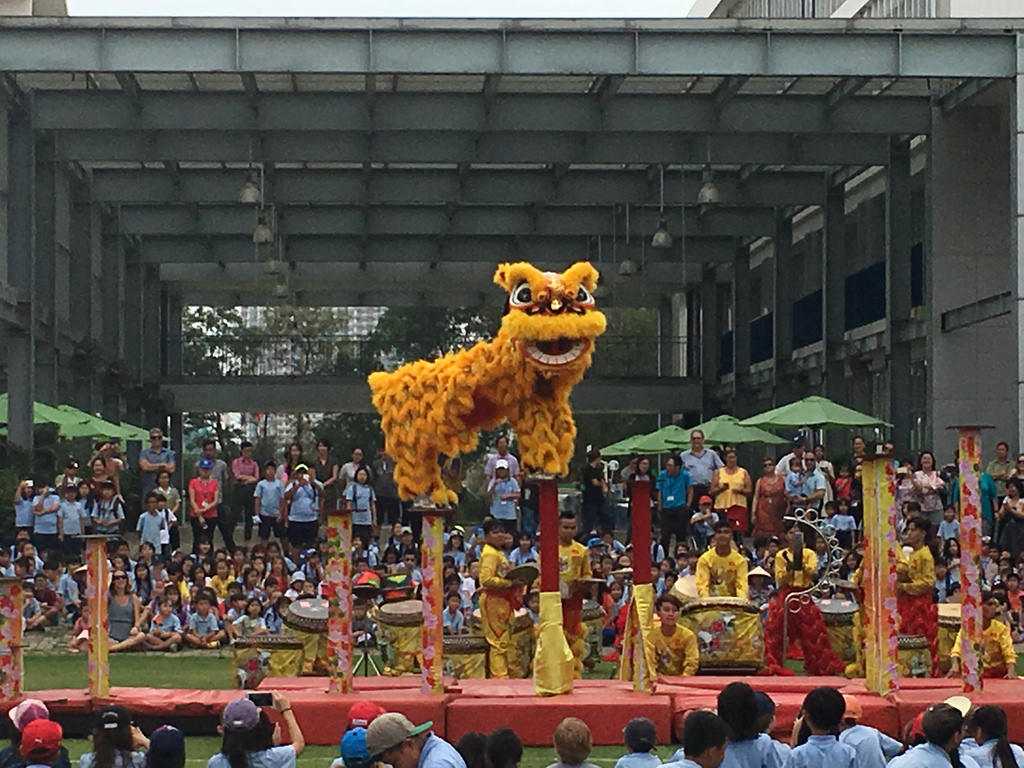
2. Fan Dance
As the name suggests, 4 or 5 dancers dance with beautiful fans are a part of the fan dance, which is believed to have originated in meadows and open fields. The fan dance is meant to delight the audience while the dancers imitate flowers gliding gently on the breeze, which makes this a unique art form that is fast gaining popularity in neighbouring countries such as China and Korea.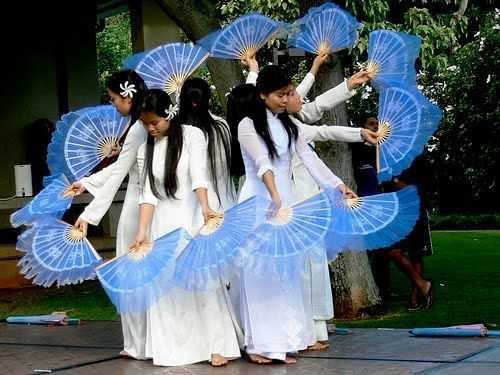
3. Hat Dance
The hat dance, like the fan dance, is another incredible cultural dance in Vietnam that breathes synchronicity. Hat dancers twirl around gracefully while they exchange and manoeuvre their large bamboo hats, a homage to the farmers who work hard in the fields and provide grain. The dance usually ends with the dancers inviting volunteers to participate with them on the stage, so that the show ends on a memorable note.
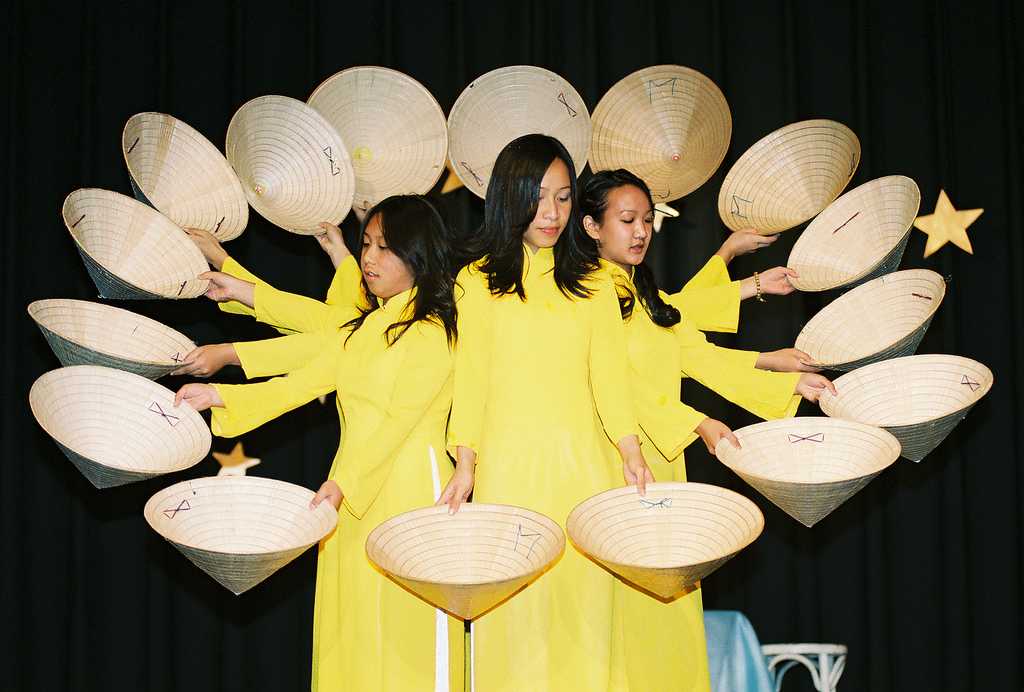
4. Lantern Dance
This one is a visual delight. Dancers hold and glide in between lanterns, which sometimes surround idols or statues. It is performed on New Years and is a favourite of children. After the performance, the dancers let go of their lanterns which float towards the sky together with balloons and fireworks to create a stunning night scene.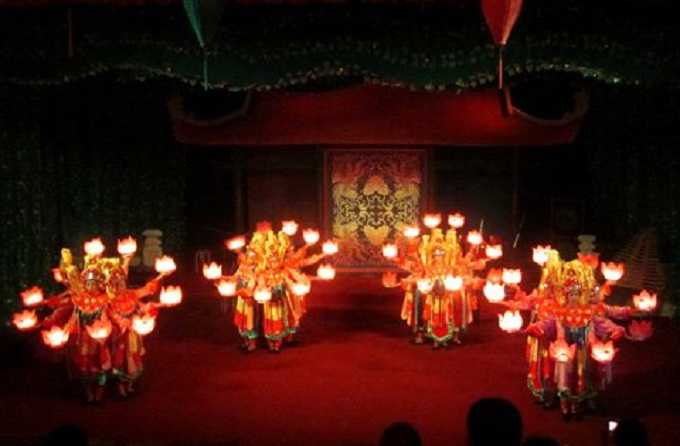
Traditional Vietnamese Theatre
The offspring of Chinese Opera, different forms of traditional Vietnamese theatre have flourished over the years, each with their own unique flavour. The major genres of theatre in Vietnam are:1. Hát Tuong or "hát boi"
Often called 'classical Vietnamese opera', Hat Boi was imported from China and performed for royalty as far back as the 13th century. The theme of the play was usually on important aspects of Vietnamese culture, with the plot centred around decorum and history, using easily recognizable stock characters with elaborate make-up and costumes. An improvised form of imperial court music Nhac Tai Tu accompanied the play.
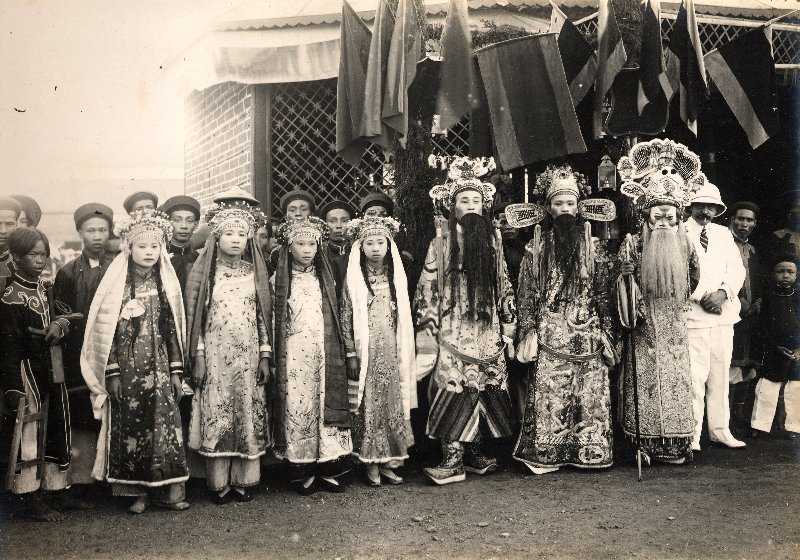
2. Cai luong
A more popular form of theatre in Vietnam than Hat Tuong, Cai Luong has been one of the most adaptable forms of theatre. It was based on contemporary themes and incorporated modern elements such as an electric guitar into it, while the singing that accompanied the play was high on vibrato. However, since the 1970s and 80s, the popularity of Cai Luong has declined rapidly, and it now sustains itself mostly on state funding.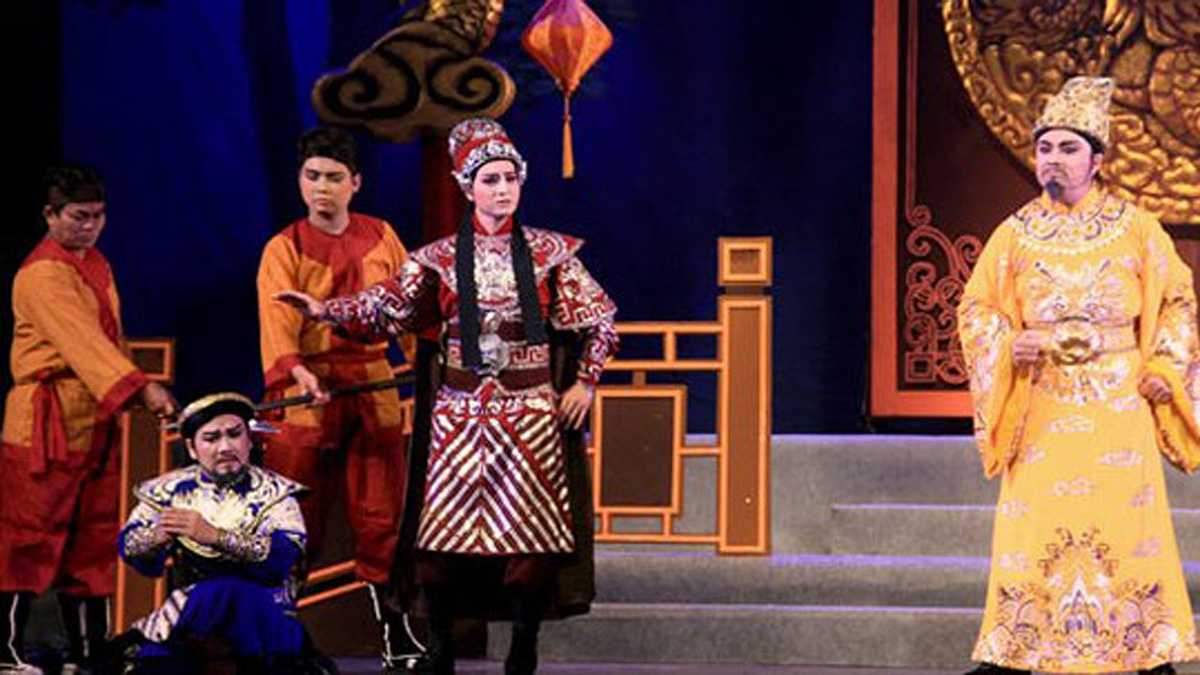
4. Múa roi nuoc (Water Puppetry)
Better known as water puppetry, this is the quintessential form of Vietnamese theatre that attracts hordes of tourists every year. Puppeteers are hidden behind a split-bamboo screen and use long poles hidden under the water to control the puppets. Developed in North Vietnam, water puppetry is one of the most popular aspects of Vietnamese culture worldwide as it is an art form unique to the country.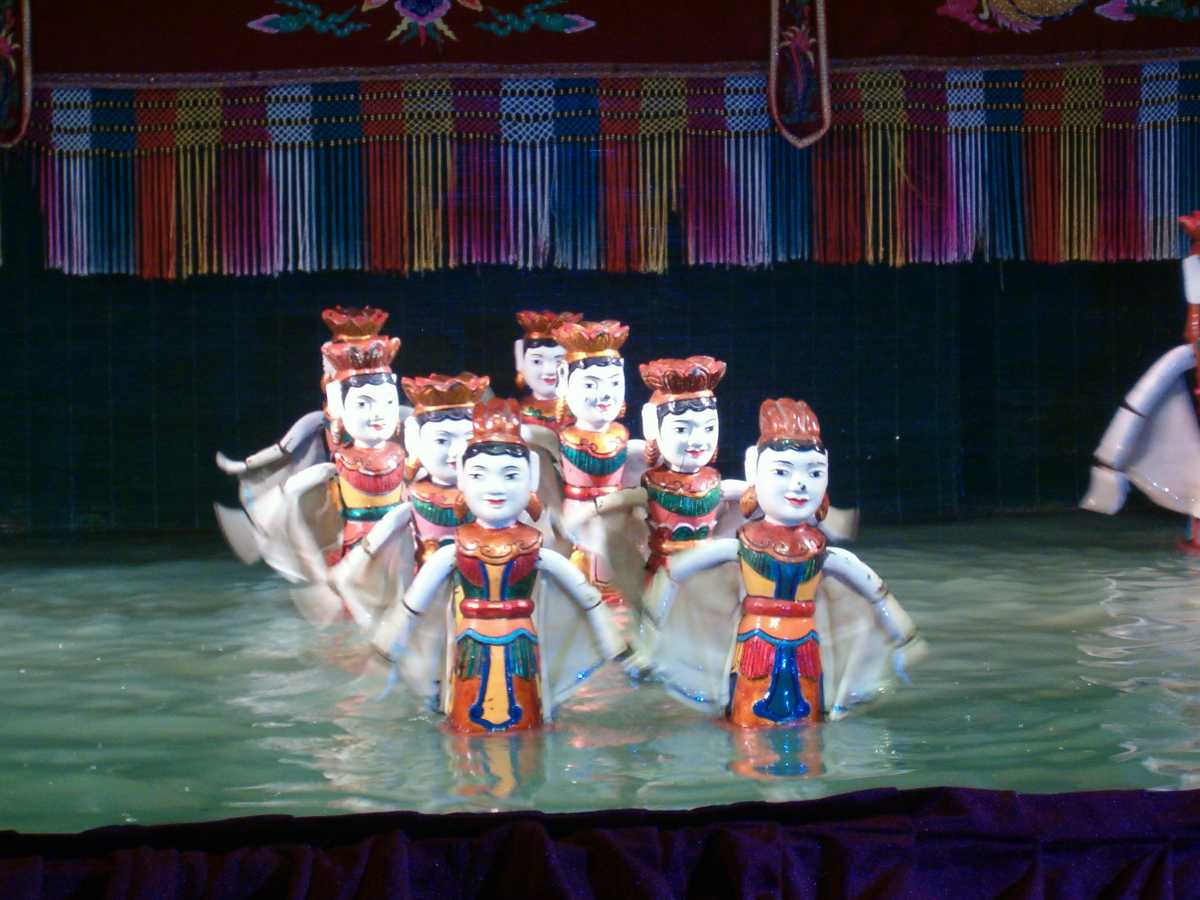
Nowadays, Vietnamese theatre has become more diverse and welcomed modern styles, making use of acrobatics, props and optical illusions. The best places to catch water puppet shows are at the Thang Long Water Puppet Theater in Hanoi and the Golden Dragon Water Puppetry Theatre in Ho Chi Minh City, while the majestic Saigon Opera House is your go-to destination for all other kinds of live shows.
Religion in Vietnam
Despite Vietnam being on atheist state officially, religion is an integral part of Vietnamese culture and everyday life. While Buddhism, Catholicism and Protestantism find followers in the country, the dominant religion is the Vietnamese folk religion. This religion combines elements of Confucianism, Taoism and Buddhism along with indigenous practices.Vietnamese Folk Religion
A major component of Vietnamese folk religion is the Than (spirit or deity) which may be nature gods, community deities or ancestral gods of a particular family. Ancestral veneration is especially prevalent, and narratives of heroic acts and cosmic forces abound in local mythology. The temples, known as Mieu are usually located away from the city's bustle in more secluded areas. Mother Goddesses also form an important part of the theological aspect of Vietnamese culture; The Lady of the Realm and the Trung sisters have multiple shrines across the country.
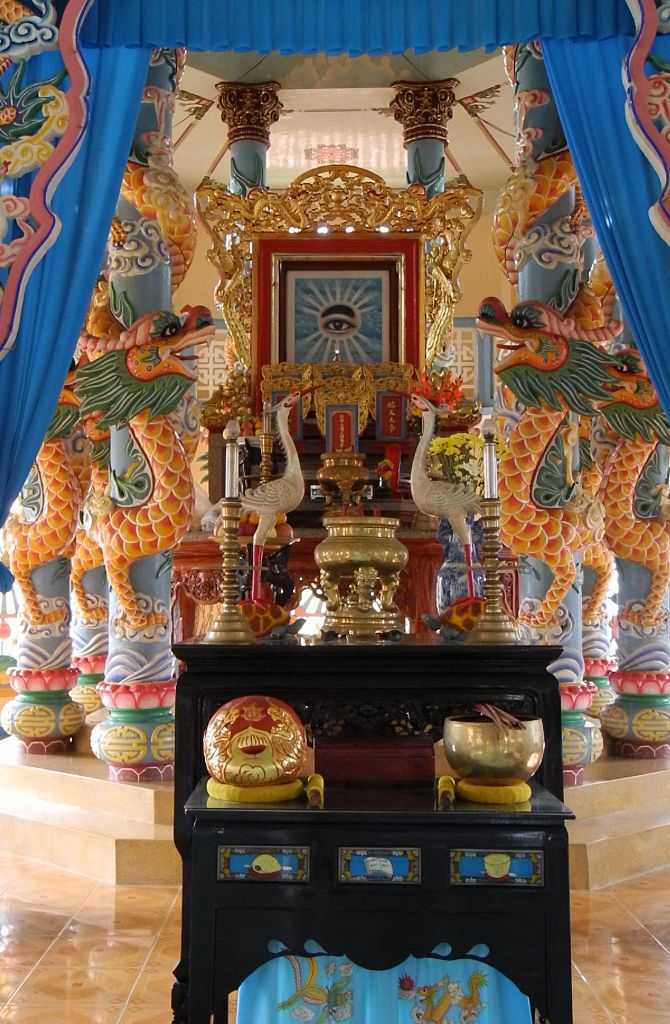
aspects of Confucianism, Taosim, and Buddhism (Source)
Buddhism in Vietnam
Buddhism arrived in Vietnam through India and China as early as the second century AD. Vietnamese Buddhism is significantly different from the way it is practised elsewhere, as is evident by the absence of sanghas, hierarchy and other institutional structures that usually exist. Mahayana Buddhism is the dominant school of Buddhism here, coupled with elements of Taoism and Chinese beliefs. Practitioners focus less on spirituality and more on devotional rituals such as chanting sutras and dharanis to obtain the blessing of Bodhisattvas.
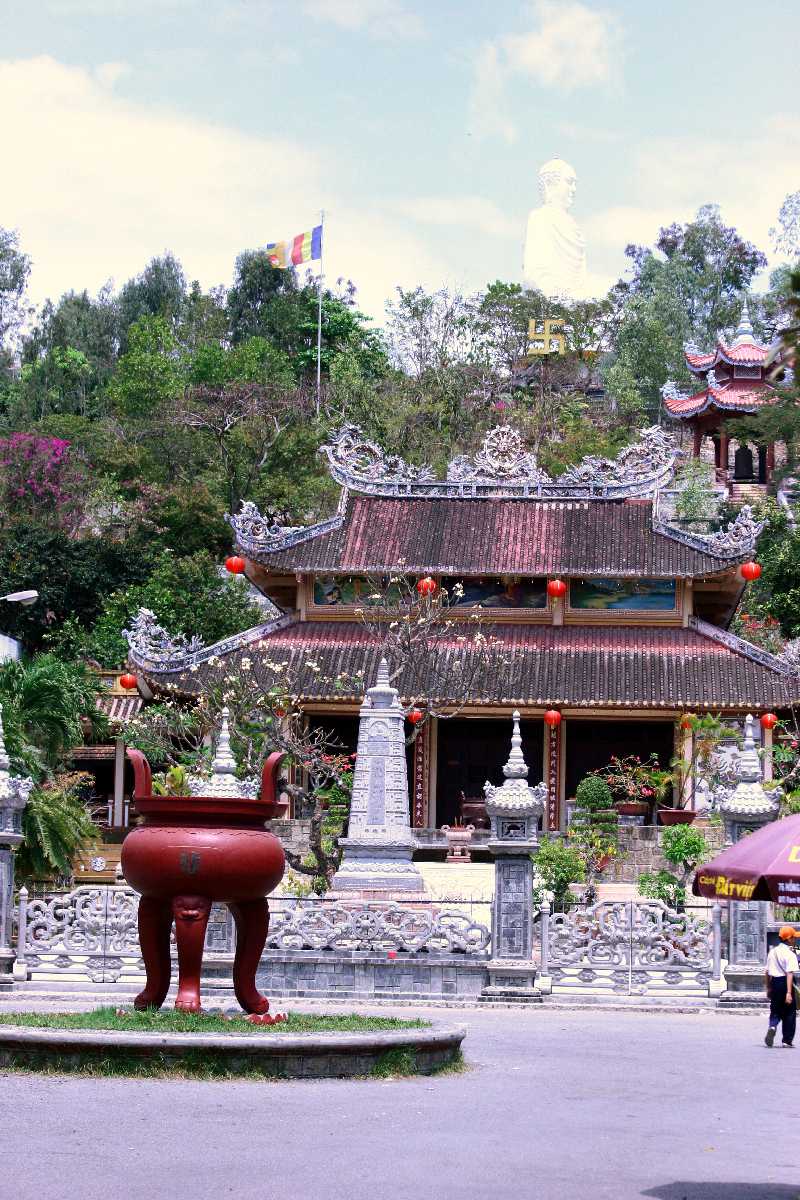
large white marble Buddha statue seen behind it (Source)
Christianity
The most widespread church in Vietnam is the Roman Catholic church, which arrived with the Portuguese missionaries and strengthened its foothold with the French colonialists. The national language script of Vietnam used in present times, written in the Latin alphabet with diacritics, also came into use with the help of these missionaries. Protestantism also gained following over the last century, and now has over 50,000 practitioners.
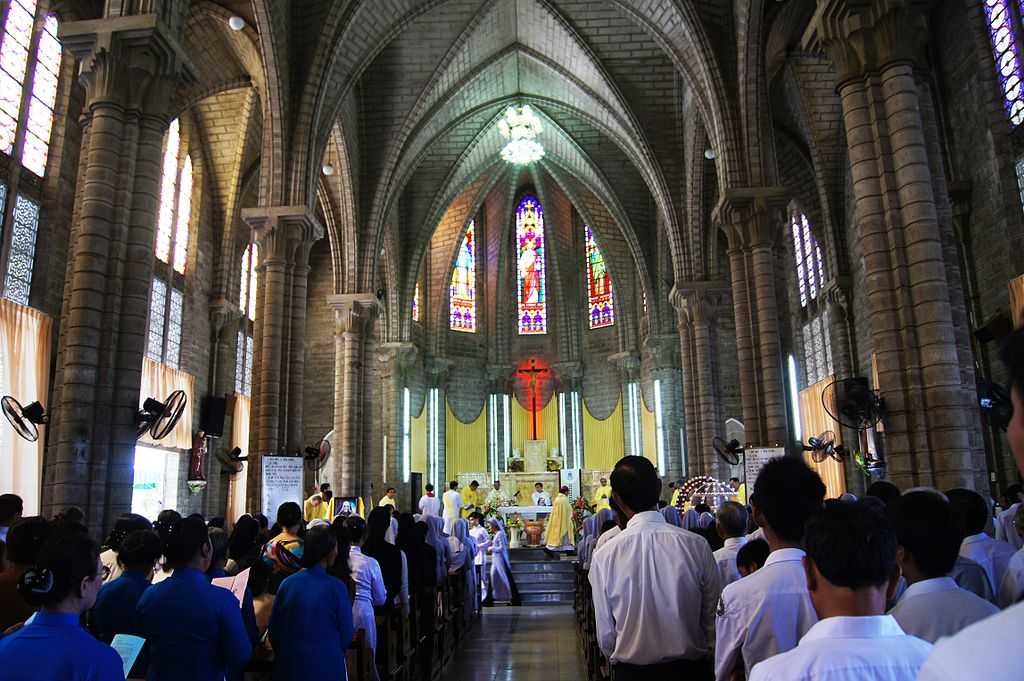
Vietnamese Literature
Since the 11th century, Vietnamese culture has been storing folklore and histories to pass down to the future generations. Early folk literature, mainly preserved in the oral form in Vietnamese, is still accessible to the layman today. They're usually about creation or origin stories, cultural icons, gods and goddesses and other supernatural beings. A well-known story is Lac Long Quân, Âu Co.Medieval literature was written in Classical Chinese, making it difficult to access for most Vietnamese today. Official proclamations and documents by the king as well as the first poetry and creative work to be written down survives in the Chinese script. These works need to be translated into colloquial Vietnamese for the general public to be able to relish them. Notable works include Gia huan ca ( The Family Training Ode), a 976-line Confucian morality poem attributed to Nguyen Trãi, written in the 1420s.
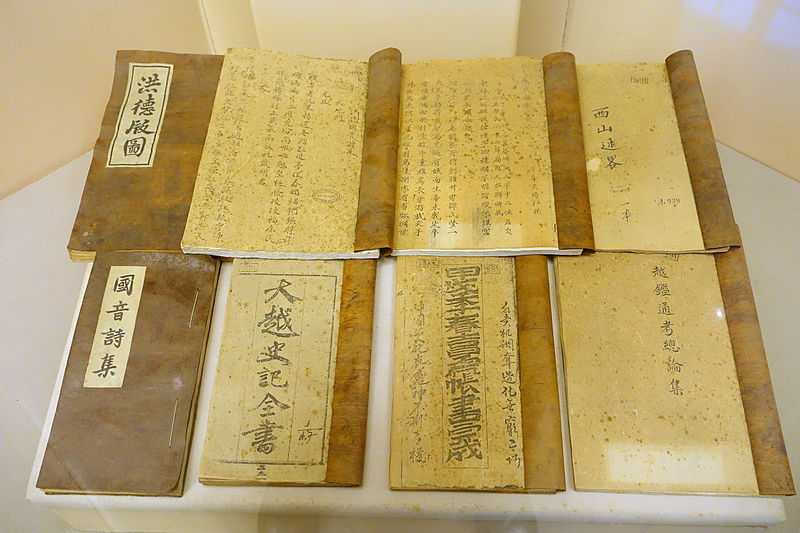
The use of the 'chu quoc ngu' national script brought the written word to the masses, and made national literature accessible to a wide section of people. The script struggled to gain acceptance during the 19th century, as many people saw it as an imposition of the French colonial rule. However, with the Vietnamese independence and the vastly successful literacy programme of the government, the script was officially adopted and became the primary means of writing in the country. Prominent works include So Do by Vu Trong Phung, written in 1936.
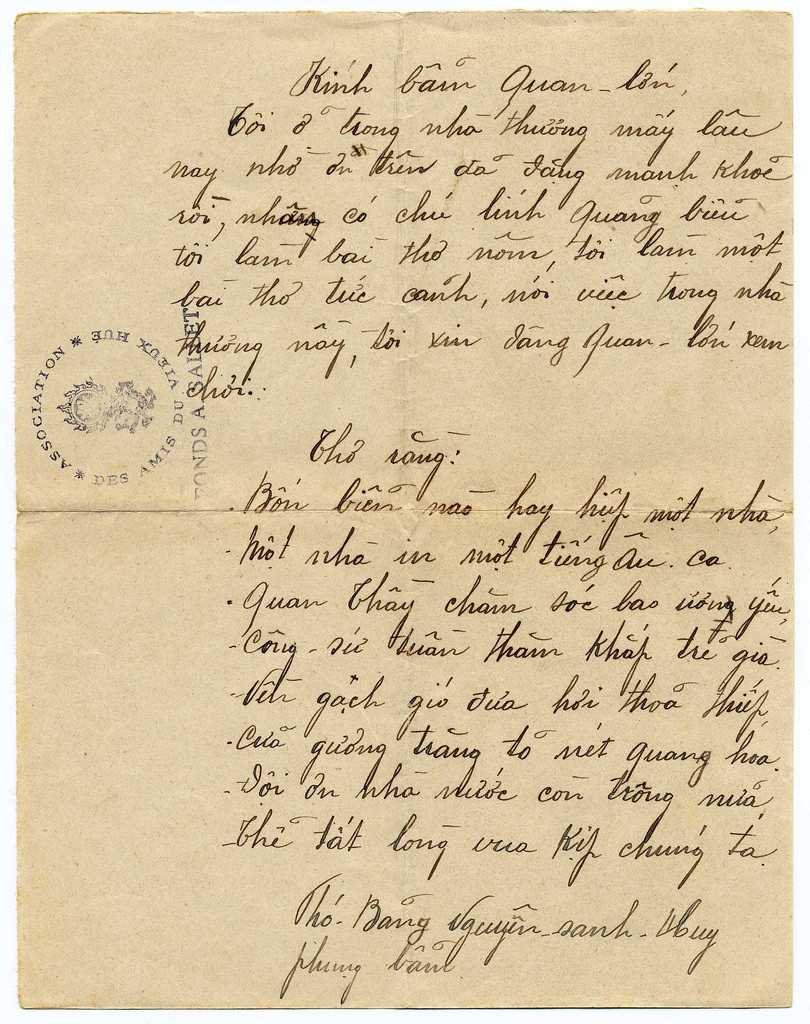
Vietnamese Art
Art in Vietnam exists from as early as 8000 BCE, in the form of clay pottery, known as neolithic art, forming an integral part of Vietnamese culture. But art as we see it now, is not just limited to pottery, but can be seen in the form of dance, cinema, paintings, architecture etc. It would not be wrong to say that Vietnamese art has come a long way from where it began and is now popular worldwide.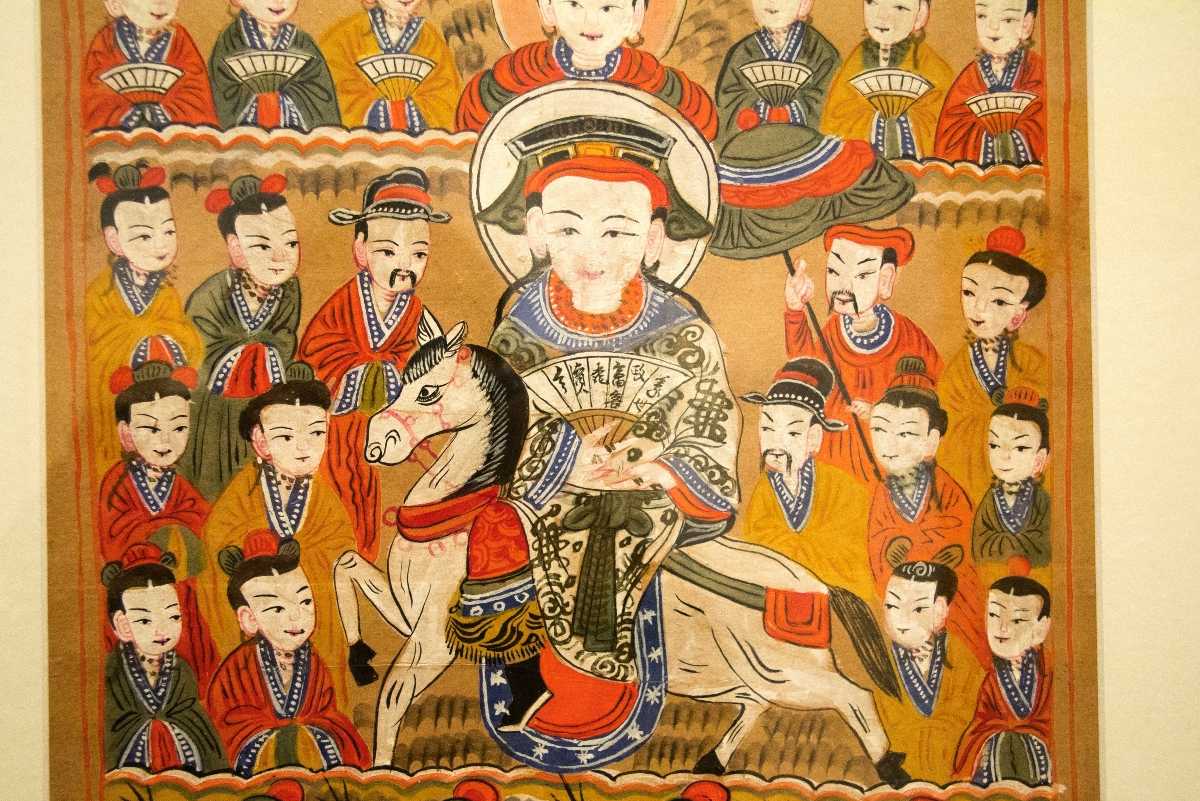
During the rule of Chinese from 111 BC to 939 AD, the art forms in Vietnam were majorly influenced by chinese techniques. Calligraphy was adopted in the country. Poetry and paintings were inspired by landscapes and birds. In 19th century, after being influenced by Chinese culture for a long time, the introduction of French art forms was wholeheartedly embraced by the culture of Vietnam. Porcelain, lacquer and terracotta shifted to silk, lacquer, and oil to add French touch to the paintings. Vietnamese historical events were depicted in the form of paintings.
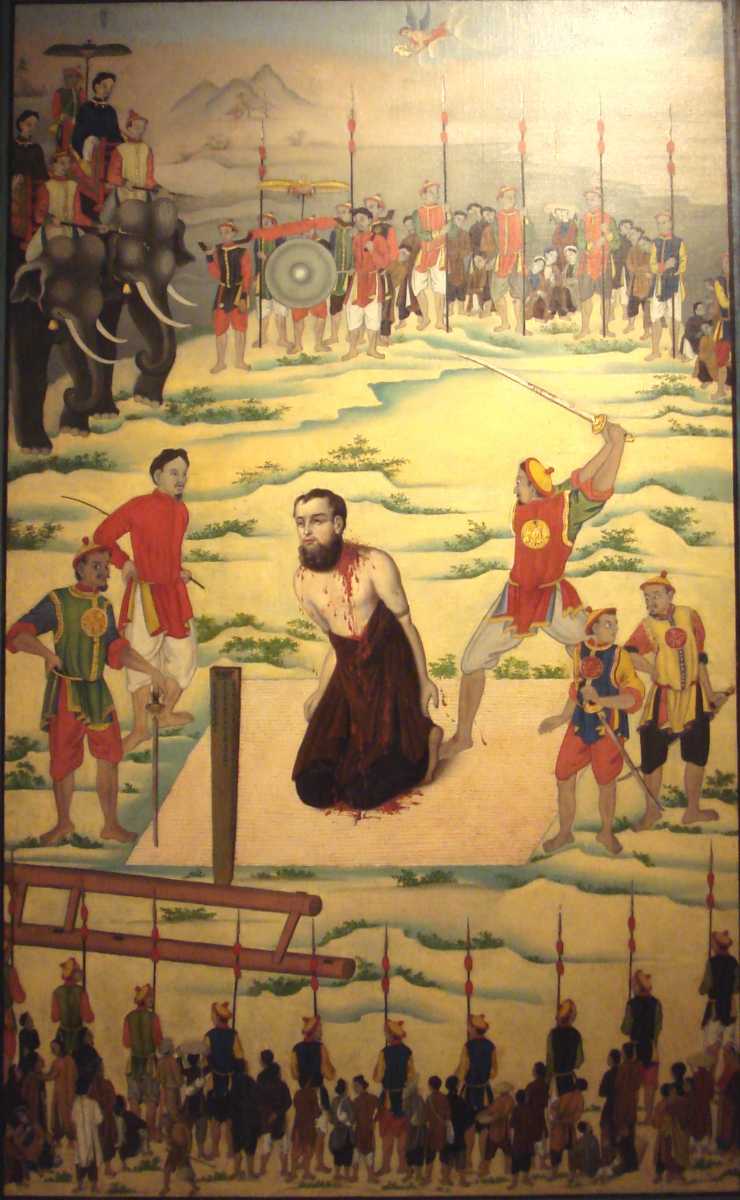
Vietnamese art is thriving each day and growing immensely popular internationally due to its richness and fine intricate work. It is a perfect blend of eastern (Chinese) and western (French) culture, and adds a touch of Vietnamese culture to give the world something unique and exotic.
Vietnamese Cultural Dress
The cultural dress of Vietnam is called Ao Dai, meaning "long top". It has been a part of Vietnamese culture since 1774, when it was ordered by Vo Vuong and made mandatory to wear by the Nguyen government. The women wear a long tunic which is long-sleeved, has a high neckline and slits cut down to the waist. It is paired with comfortable trousers, usually white or black in colour. Men also wear the same thing, except that their tunic is shorter than that of a woman's and not slitted. The dress is made up of cotton only, keeping in mind the weather conditions of the country. The colour of a woman's ao dai reflected their marital status as well. White colour was worn by young girls, pastel colour dress by unmarried and bright colours by married women. At present times, the colours do not really reflect what a woman's age/marital status is, because they wear any colour of their choice.Ao dai is often paired with non la, the cultural hats in Vietnam. The cone-shaped hats are made up of palm leaves and provide shelter from both rain and sunlight.
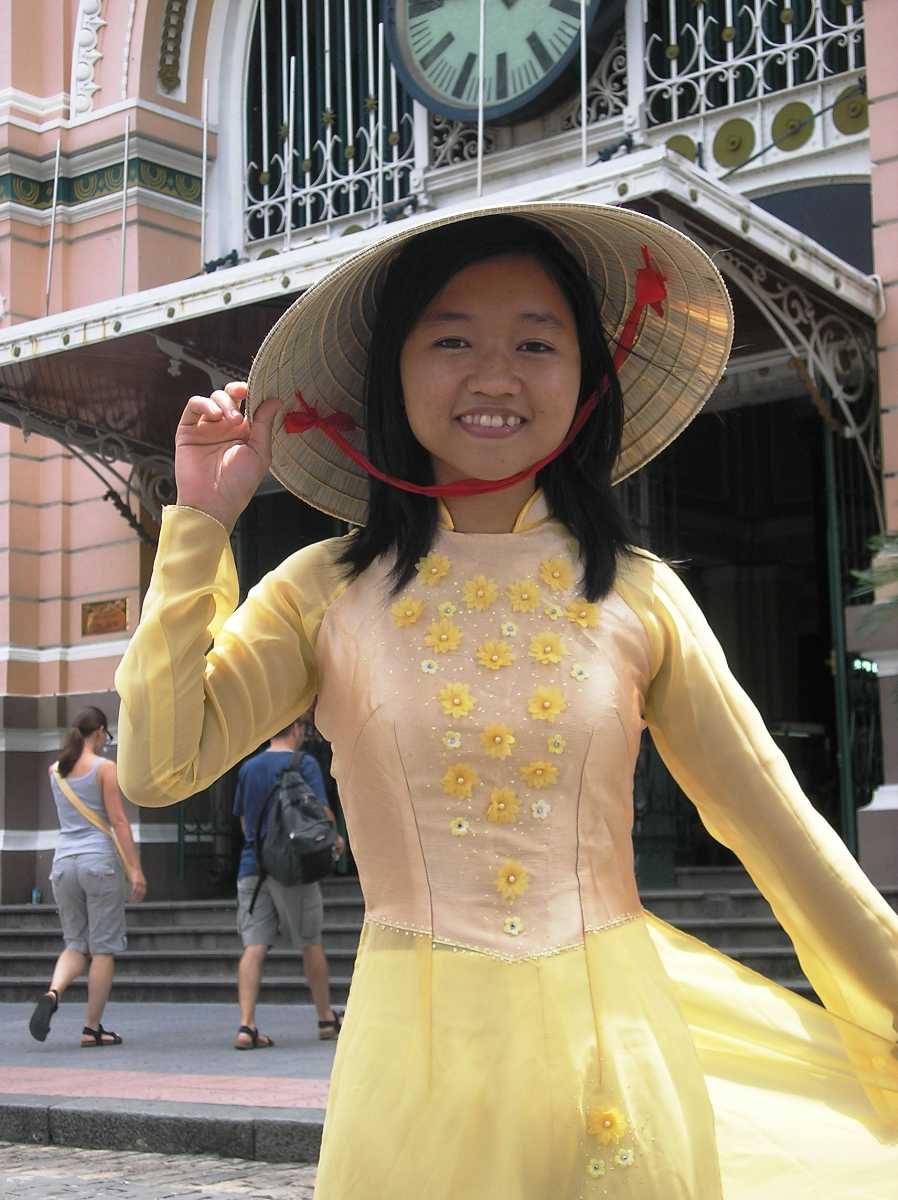
dresses of Vietnamese Culture (Source)
Vietnamese Cultural Food
Pho, which is made up of flat rice noodles, paired with chicken or beef, is the traditional food of Vietnam, due to the fact that the climatic conditions of the country favour the cultivation of rice all over the country. Rice can be found in almost all meals of a typical Vietnamese family, either in plain form or in noodles, spring rolls, wines etc. Nuoc Cham, the dipping sauce, is served with almost everything and found in every other household. Unlike in other countries, where consumption of western cuisine and junk food is increasing day by day, the Vietnamese take pride in consuming traditional Vietnamese food.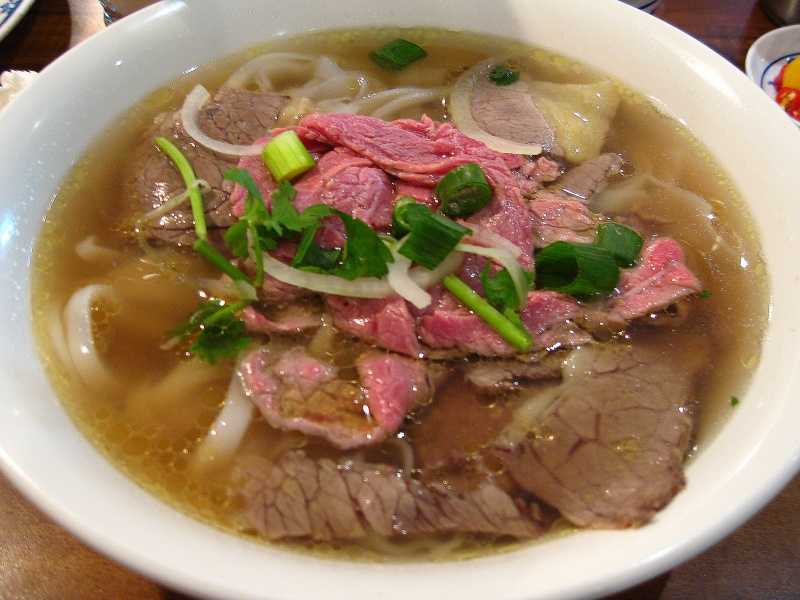
As French colonial rule influenced various aspects of culture in Vietnam, the same can be seen in the food. Banh Mi Thit is another delicacy of Vietnam, which can be found in every restaurant and even roadside food stalls. It consists of a baguette, which is stuffed with chicken/beef, fresh vegetables, sauce and herbs.
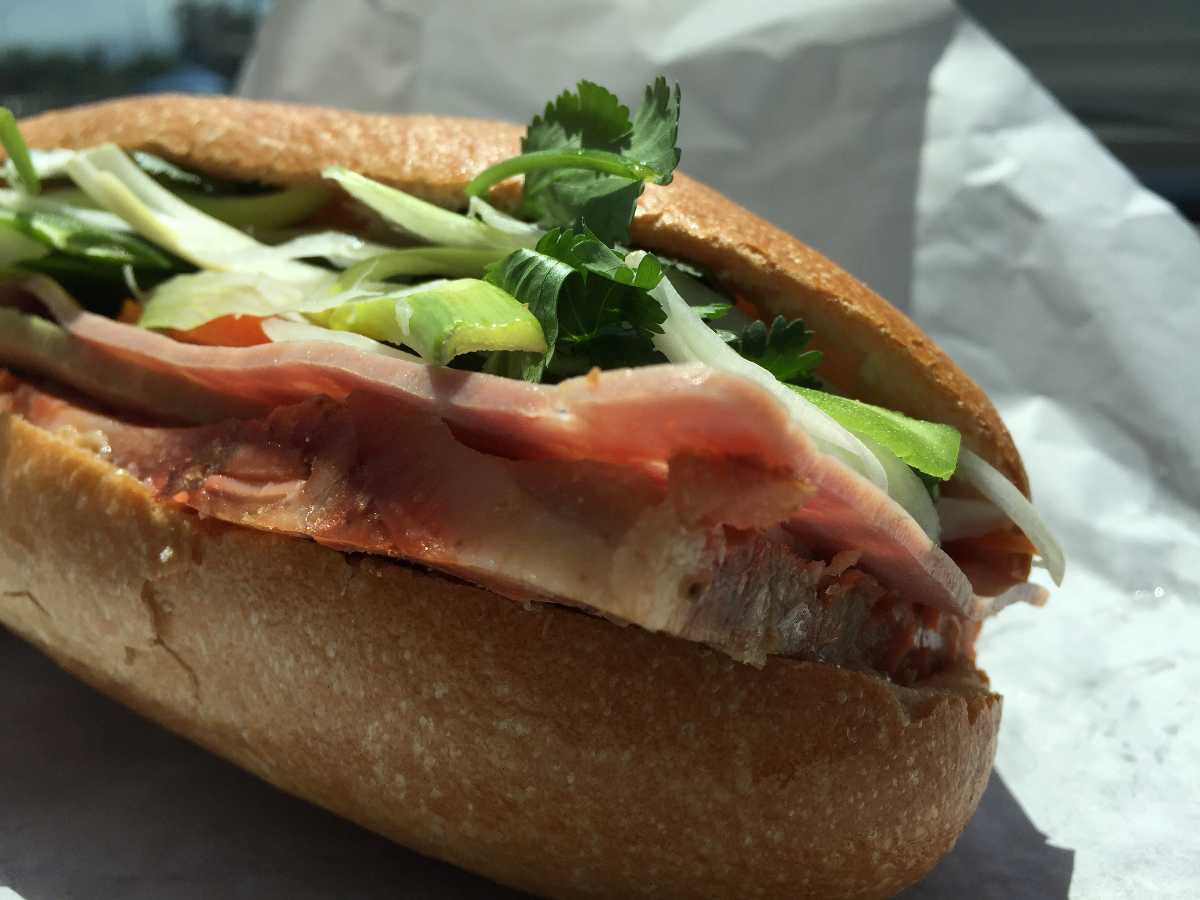
Read more about Vietnamese Food.
And with all of that, you have only a glimpse into rich Vietnamese culture and heritage. Reading up is helpful but no fun unless you go out there and explore the hidden nooks and crannies of the country yourself! Experiencing the vibrant lifestyle, mingling with the locals and being open to new adventures is sure to give you the holiday of a lifetime! Remember, you're a traveller and not just a tourist, soaking in the traditions and customs of any country is a delightful experience that enriches the mind, body and soul.
